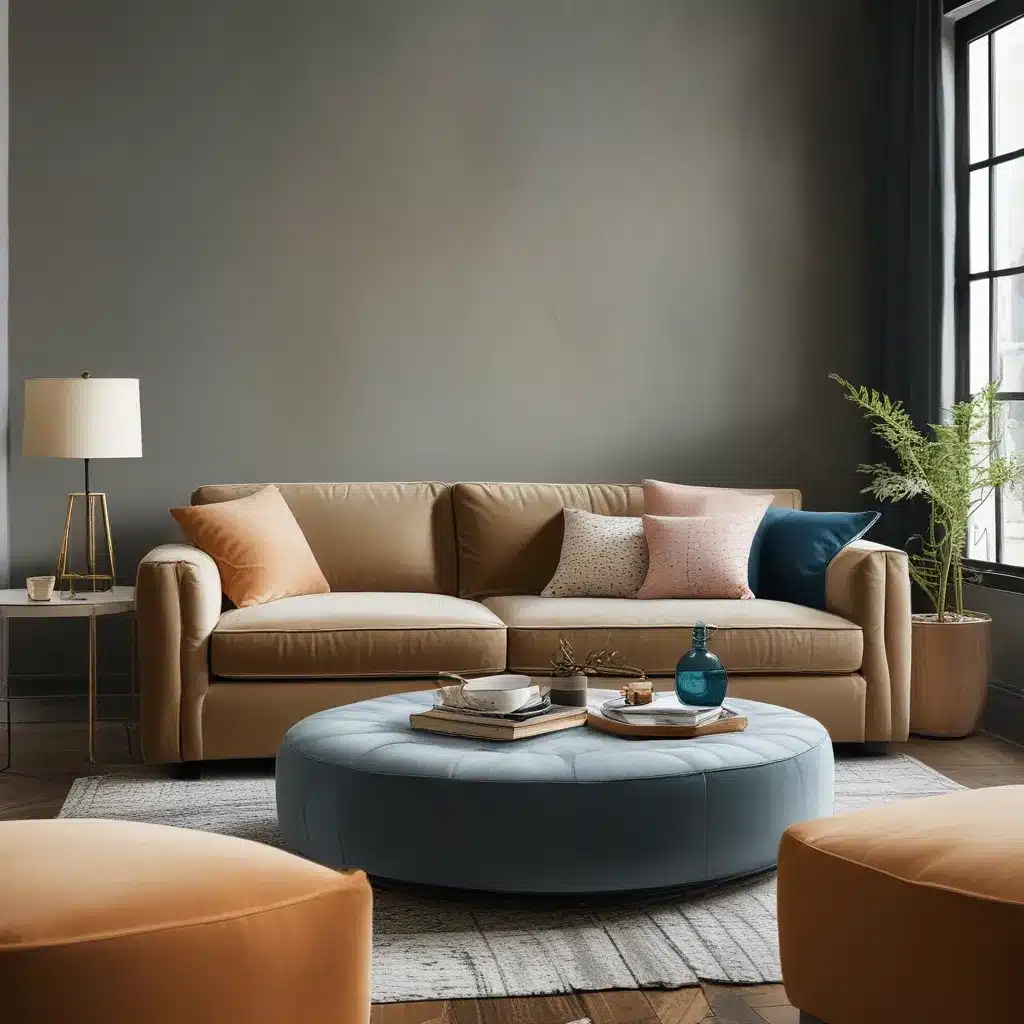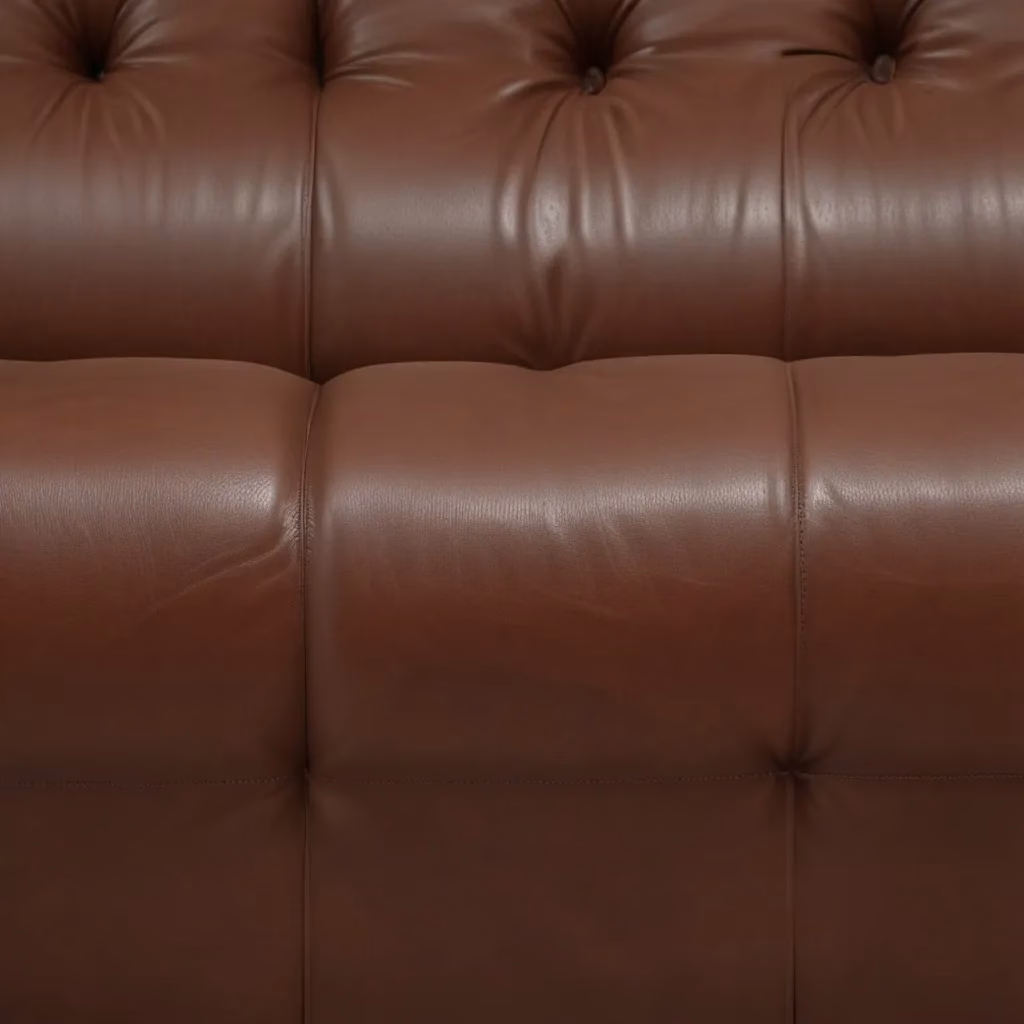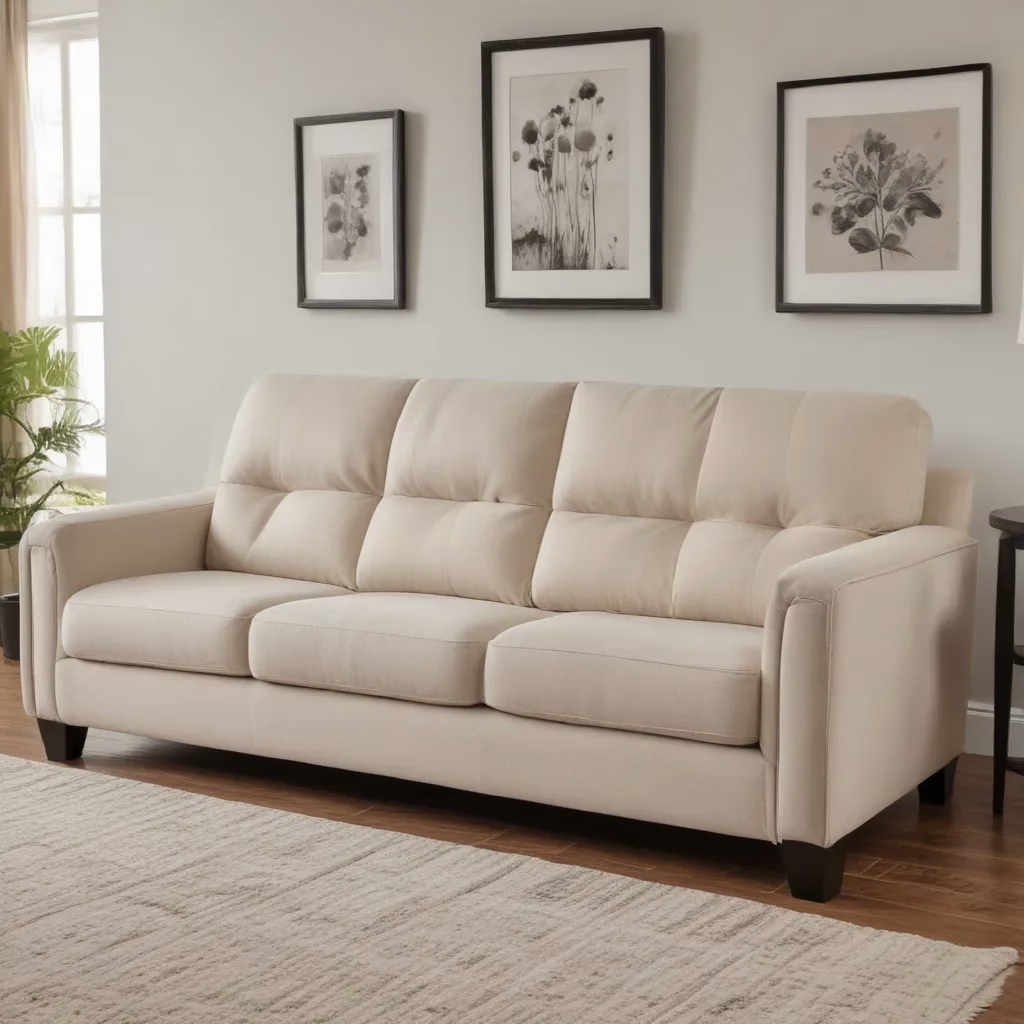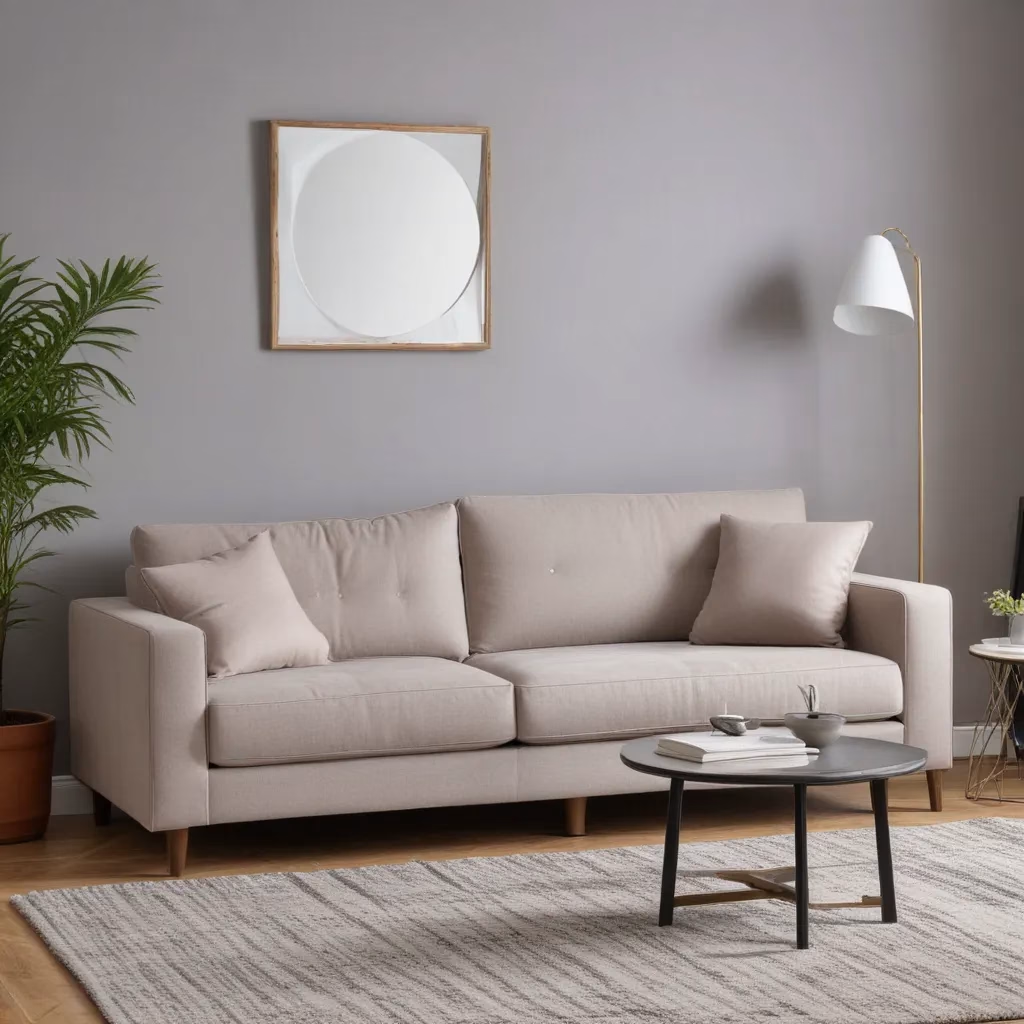Crafting the Couch of Your Dreams
I’ll never forget the day I decided to furnish my first home. As a new homeowner, I had a blank canvas to work with – no furniture, no layout, just empty rooms waiting to be filled. When I started shopping around for sofas, I was met with a dizzying array of options, from the budget-friendly to the extravagant.
The prices ranged from £600 all the way up to £2,000, and the designs I was drawn to usually fell in the £1,000+ range. That’s when an idea struck me – why not make my own sofa? Sofaspectacular, a custom sofa company in the UK, could be the perfect solution.
Diving Into the World of DIY Furniture
As I delved into researching the sofa-making process, I quickly realized there weren’t many resources out there documenting the step-by-step details. You’d think in this age of DIY and online tutorials, there would be more information available, but I could only find one guide from Australia.
Undeterred, I decided to document my own research and journey, in the hopes that it might help someone else interested in the world of DIY furniture. After all, there’s a reason why quality sofas can cost upwards of £1,000 – it requires a specific set of skills and knowledge.
Traditional vs. Modern Sofa Design
Before we dive into the nitty-gritty of sofa construction, let’s discuss the two main approaches: traditional and modern. Traditional sofas are those vintage, floral-adorned pieces with intricately carved wood or plain wooden frames. In these designs, the cushions are built right into the fabric, and the springs are tied down to the bottom.
If the cushion or fabric breaks, the entire sofa would likely need to be redone. Upholstering these traditional sofas also requires a specialized skillset.
The modern sofa design, on the other hand, separates the springs from the cushions, making the cushions replaceable and the springs more versatile. These designs typically feature clean-cut lines, the kind you’d find in most modern homes.
For the sake of simplicity, I decided to go with a modern sofa design. I didn’t have the upholstery skills to tackle a traditional sofa, and the amount of specialized tools and time required just wasn’t feasible for a first-time project.
Uncovering the Sofa’s Supportive Foundations
Beneath the soft, plush cushions of a sofa lies a system of support that’s crucial for comfort and durability. There are two main methods: springs and webbing.
Webbing is the cheaper option, involving the weaving of 2-3 semi-elastic bands across a frame. It’s the most budget-friendly choice, but experts generally advise against it, as it can become misaligned and start squeaking over time.
Springs, on the other hand, come in two varieties: S-Springs (or sinuous springs) and the high-end Eight-Way Tied Springs. S-Springs are the more affordable option, with their wavy, heavy-gauge steel lining the underside of the sofa. The Eight-Way Tied Springs, however, are the crème de la crème, involving coiled springs evenly distributed and tied together with high-quality twine. This allows the springs to share the weight, no matter where you sit.
Unsurprisingly, the Eight-Way Tied Springs are the reason why some sofas can cost £2,000 or more, but they also provide the sturdiest support. For my project, I opted for the webbing approach, as it’s the simpler and more budget-friendly option, and my sofa was intended for casual use rather than heavy-duty abuse.
Mastering the Measurements
When it comes to the size of a sofa, there are some general guidelines to keep in mind. A standard three-person sofa is typically around 85 inches long, 35 inches deep, and 35 inches high. However, these are just rough estimates, as the actual dimensions can vary based on design and personal preference.
The seat height, for instance, can range from 13 to 20 inches, with the most common being 18 inches from the floor to the top of the cushion. The seat depth, measured from the front of the cushion to the back, is generally around 20-21 inches. As for the back height, the standard is 15 inches.
There’s also the matter of seat incline. Most experts suggest a 90-100 degree angle at the front for comfortable leg positioning, and a 5-15 degree incline at the back for a more upright or casual support.
For my sofa, I opted to keep things simple and go with right angles, using the cushions to provide the necessary comfort and support. After all, the beauty of a DIY project is the freedom to customize it to your personal preferences.
Selecting the Perfect Fabric
When it comes to upholstery, the options are endless – from classic leather to trendy microfiber. I knew I wanted something soft and not too formal, so I settled on microfiber. It’s a budget-friendly option that’s also relatively thin, making it easy to work with using a regular sewing machine and needle.
One important thing to keep in mind when sewing upholstery fabric is that it’s typically thicker than regular household fabrics. You’ll need to ensure your sewing machine can handle the extra bulk, and that your needles are up to the task.
Designing the Sofa of My Dreams
With all the research and planning out of the way, it was time to start the actual construction. I spent a significant amount of time browsing different sofa designs for inspiration, sketching out several options before settling on a contemporary, modular look.
One of the key features I wanted was the ability to easily transport the sofa, as I envisioned moving it around frequently. I also decided to forego any intricate curves or carvings, as I didn’t have the necessary tools or skill level for those techniques.
Oh, and did I mention I wanted to include a USB port? Because what modern sofa would be complete without the ability to charge your devices while lounging?
Building the Sofa Frame
Armed with my design and measurements, I set out to cut the boards to size, double-checking my work at every step. Measure twice, cut once, as the old saying goes. For the base, I opted for traditional mortise and tenon joints, a time-honored technique that creates an incredibly sturdy frame.
While this approach took longer than simply using screws, the sense of satisfaction I got from seeing everything fit together perfectly was well worth the effort. For the rest of the sofa, I turned to pocket screws, a slightly less robust but still reliable option that allowed me to hide the fasteners from view.
Weaving the Webbing and Crafting the Cushions
With the frame in place, it was time to tackle the webbing. This involved stapling one end and then using a webbing stretcher tool to create that tight, drum-like tension across the base. I may have gone a little overboard with the staples, but I can assure you those cushions aren’t going anywhere!
Next up, the all-important cushions. I ordered pre-made foam inserts and let them decompress for a day, as they come vacuum-sealed and compressed. While they were doing their thing, I set to work on the covers, measuring and sewing the microfiber fabric to the perfect dimensions.
One lesson I learned the hard way: make sure to account for the extra width when cutting the fabric, or else your cushions will hang off the edge of the sofa. Oops! Luckily, a little creative rearranging and some strategically placed accent pillows did the trick.
The Final Touches
With the frame, webbing, and cushions all in place, it was time for the finishing touches. I stained and sealed the wood, giving it a beautiful, clean look, and crafted a few accent pillows in complementary shades of blue to tie the whole room together.
And let’s not forget that all-important USB port – the perfect addition for the modern, tech-savvy sofa owner.
The Sofa-Building Takeaway
After two months of dedicated work on weekends, I can confidently say that creating a sofa from scratch is no small feat. It requires a significant investment of time, specialized tools, and a fair amount of trial and error. But for those with the patience and determination, the end result can be incredibly rewarding.
If you have the necessary skills and tools, or you’re willing to invest in them, building your own sofa could be a fantastic way to create a truly one-of-a-kind piece for your home. And who knows, maybe I’ll even try my hand at a matching coffee table next!
As one expert pattern maker noted, “Pattern makers are the hardest working people I have met. They are exquisite problem solvers and when a designer tosses them a design, immediately their minds start to compute the math and how those lines and shapes can be accomplished in the drafting, how it will be sewn, and how to communicate that to a team of people who are going to sew that garment.”
The same can be said for the DIY sofa builder – it’s a labor of love, but the end result is a piece of furniture that’s truly your own. So, if you’re up for the challenge, why not Sofaspectacular and make your dream sofa a reality?




